This video and more updated versions of similar videos are available for instant download licensing https://www.alilamedicalmedia.com/-/galleries/narrated-videos-by-topics/diabetes ©Alila Medical Media. All rights reserved. Support us on Patreon and get FREE downloads and other great rewards: patreon.com/AlilaMedicalMedia All images/videos by Alila Medical Media are for information purposes ONLY and are NOT intended to replace professional medical advice, diagnosis or treatment. Always seek the advice of a qualified healthcare provider with any questions you may have regarding a medical condition. Diabetes refers to a group of conditions characterized by a high level of blood glucose, commonly referred to as blood sugar. Too much sugar in the blood can cause serious, sometimes life-threatening health problems. There are two types of chronic diabetic conditions: type 1 diabetes and type 2 diabetes. Pregnant women may acquire a transient form of the disease called “gestational diabetes” which usually resolves after the birth of baby. Pre-diabetes is when the blood sugar level is at the borderline: higher than normal, but lower than in diabetics. Prediabetes may or may not progress to diabetes. During food digestion, carbohydrates – or carb – break down into glucose which is carried by the bloodstream to various organs of the body. Here, it is either consumed as an energy source – in muscles for example – or is stored for later use in the liver. Insulin is a hormone produced by beta cells of the pancreas and is necessary for glucose intake by target cells. In other words, when insulin is deficient, muscle or liver cells are unable to use or store glucose, and as a result, glucose accumulates in the blood. In healthy people, beta cells of the pancreas produce insulin; insulin binds to its receptor on target cells and induces glucose intake. In type 1 diabetes, beta cells of the pancreas are destroyed by the immune system by mistake. The reason why this happens is unclear, but genetic factors are believed to play a major role. Insulin production is reduced; less insulin binds to its receptor on target cells; less glucose is taken into the cells, more glucose stays in the blood. Type 1 is characterized by early onset, symptoms commonly start suddenly and before the age of 20. Type 1 diabetes is normally managed with insulin injection. Type 1 diabetics are therefore “insulin dependent”. In type 2 diabetes, the pancreas produces enough insulin but something goes wrong either with receptor binding or insulin signaling inside the target cells. The cells are not responsive to insulin and therefore cannot import glucose; glucose stays in the blood. In other words, type 2 diabetics are “insulin resistant”. Here again, genetic factors predispose susceptibility to the disease, but it is believed that lifestyle plays a very important role in type 2. Typically, obesity, inactive lifestyle, and unhealthy diet are associated with higher risk of type 2 diabetes. Type 2 is characterized by adult onset; symptoms usually appear gradually and start after the age of 30. Type 2 diabetes accounts for about 80 to 90% of all diabetics. Management focuses on weight loss and includes a low-carb diet.
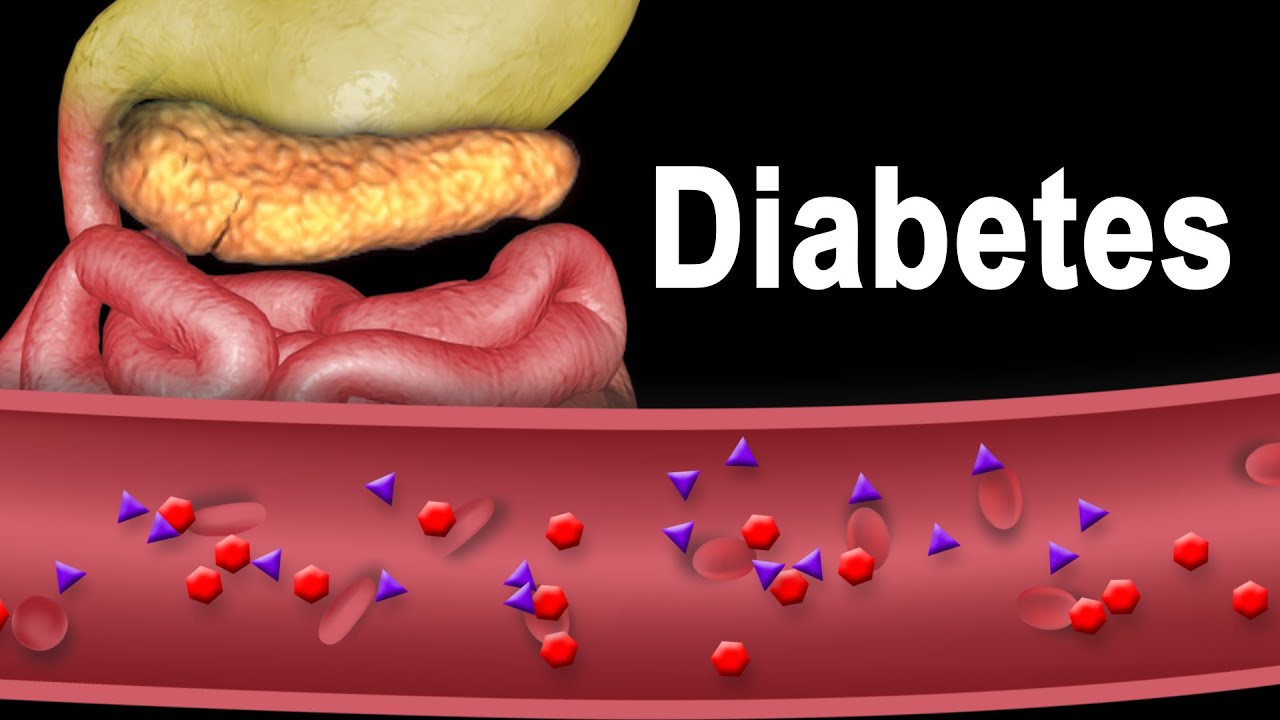
Diabetes Type 1 and Type 2, Animation.
- Post author:admin
- Post published:October 8, 2021
- Post category:Uncategorized
- Post comments:0 Comments
You Might Also Like

Yoga Counciling Video – 5

Rear Deltoid-6
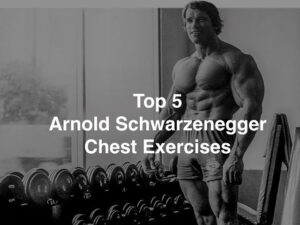
Top 5 Arnold Schwarzenegger Chest Exercises

Standing Biceps Hammer Curl with Resistance Bands

Thyroid Hormone (Part 3) Mode of action of Thyroid hormone by gene activation
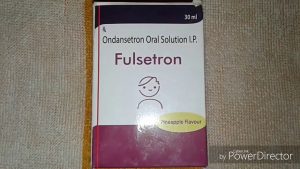
Fulsetron 30 ml Uses | Ondansetron Oral Solution Uses, Side Effects, How To Use, Price, Precautions

Leg Press-3

5 Worst Foods for Weight Loss (NEVER EAT THESE!!)

200 PUSH UPS A DAY FOR 30 DAYS CHALLENGE – Epic Body Transformation
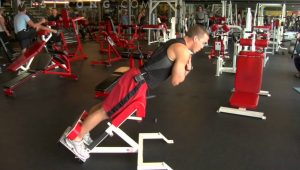
How to Do Back Extensions

Clomid Monotherapy

5 min Warm Up for Stretching and Workouts
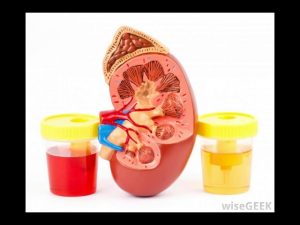
What Is the Function of the Renal Pelvis

Avanza animation.mov
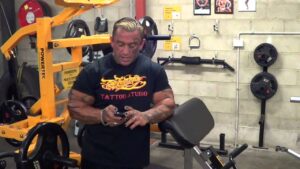
HGH, Growth Hormones & Plant Hormones Video – 28

BUILD SHIRT STRECHING BACK WITH UPPER TRAPEZIUS-ROPE SHRUGS WORKOUT.

What does intensity mean?

Puberty and The Hormones Involved | Physiology | Biology | FuseSchool

Logan Paul Workout (GYM COMPILATION)
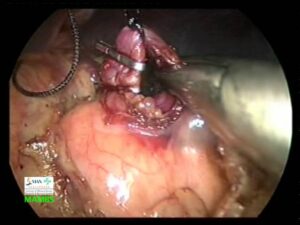
Laproscopic Surgeries Video – 5

SIMPLE TRUTH: SHOULD YOU TAKE CREATINE & WHICH IS BEST – Side Effects | Lex Fitness

Azoospermia Treatment | Semen Analysis at Bournhall Clinic India
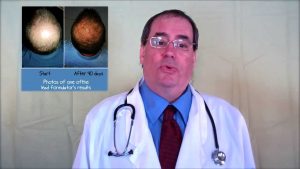
The science behind hair loss
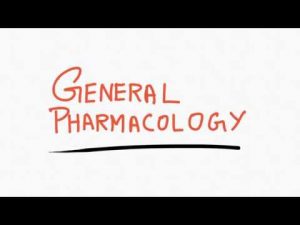
General Pharmacology lectures – 01 – Introduction
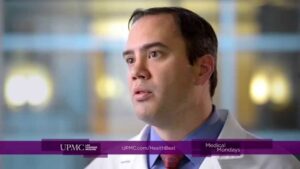
Sports Surgeries Video – 5

amino acid catabolism
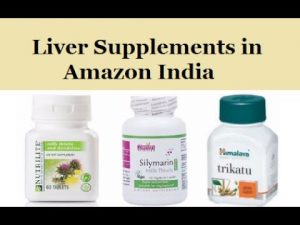
Top 5 Best Liver Supplements In Amazon India
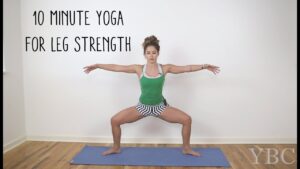
Muscular Strength Asanas Video – 4

Back Workout (SORE IN 6 MINUTES!)

MAX CONTRACTION – 4 – MAXIMUM MUSCLE GROWTH!!!!

The Magical Chinese Recipe to Lose Weight without any Effort

What is the difference between saturated & unsaturated fats?
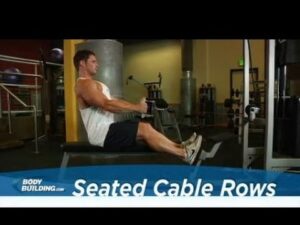
Seated Cable Rows – Back Exercise – Bodybuilding.com
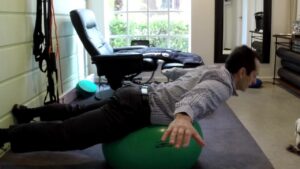
Back Extensions On Ball, New Path Chiropractic Jupiter,Fl

Muscle Building Workout & Squats Video – 6
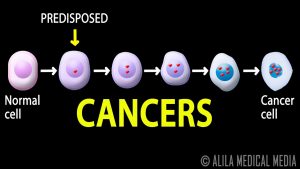
Cancer, How Cancer Starts, How Cancer Spreads, Where and Why, Animation.

Human Body for Kids/Anatomy Song for kids/Human Body Systems

Neurodevelopmental Disorder Video – 4

Intermittent Fasting & Fasting Video – 5

How the Endocrine System Works

Dumbbell Chest Workout (INCOMPLETE WITHOUT THIS!)

